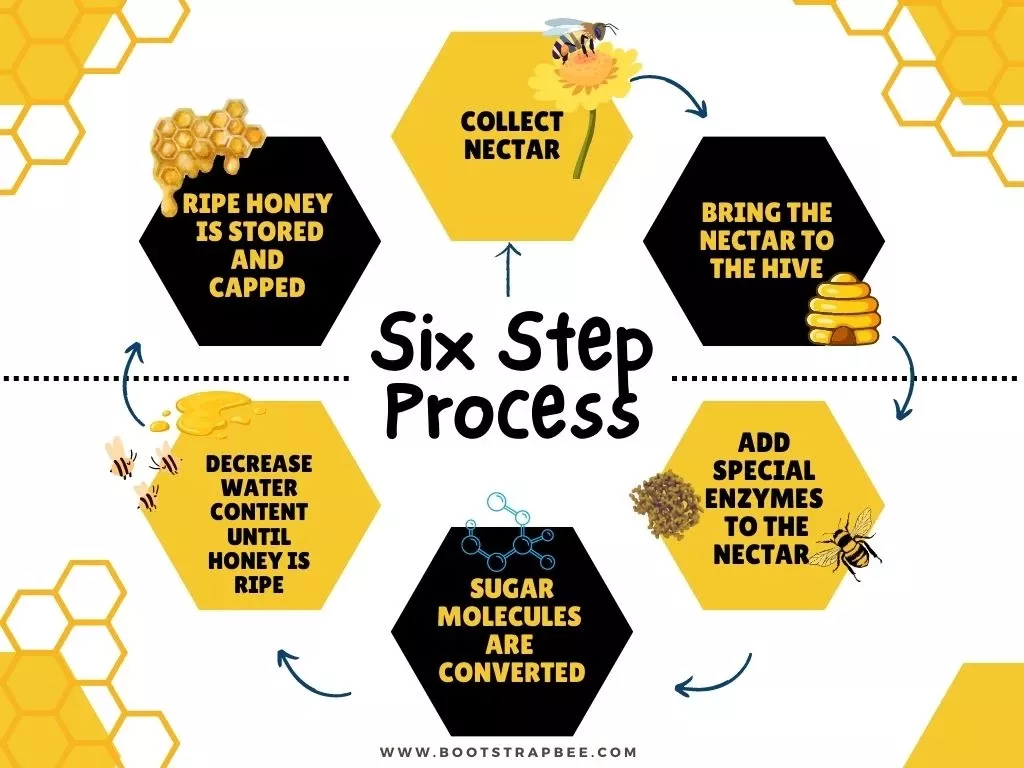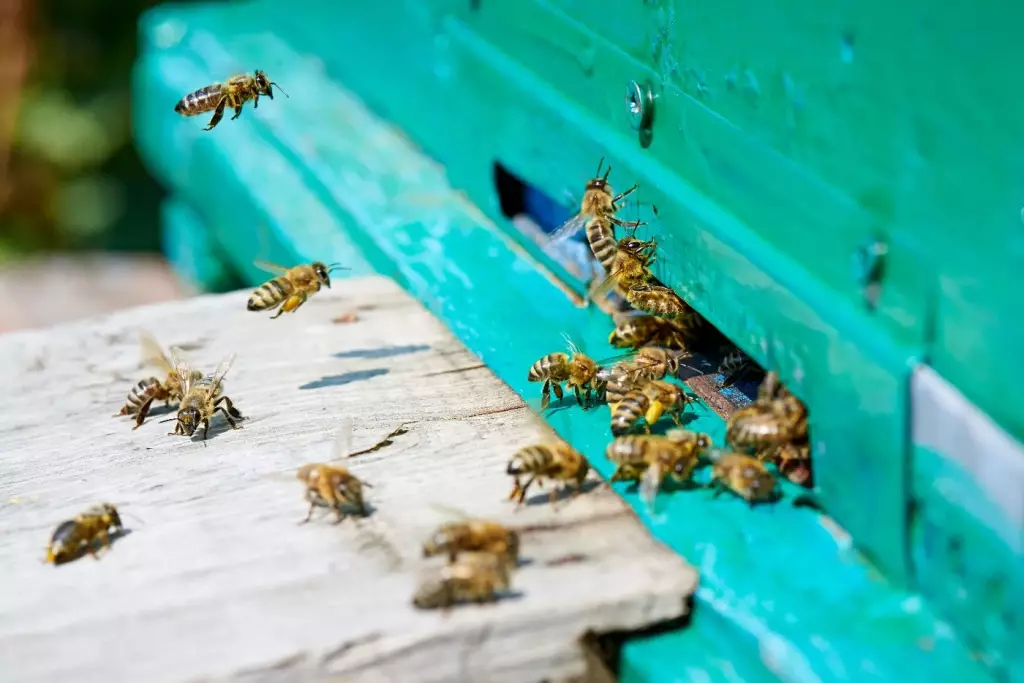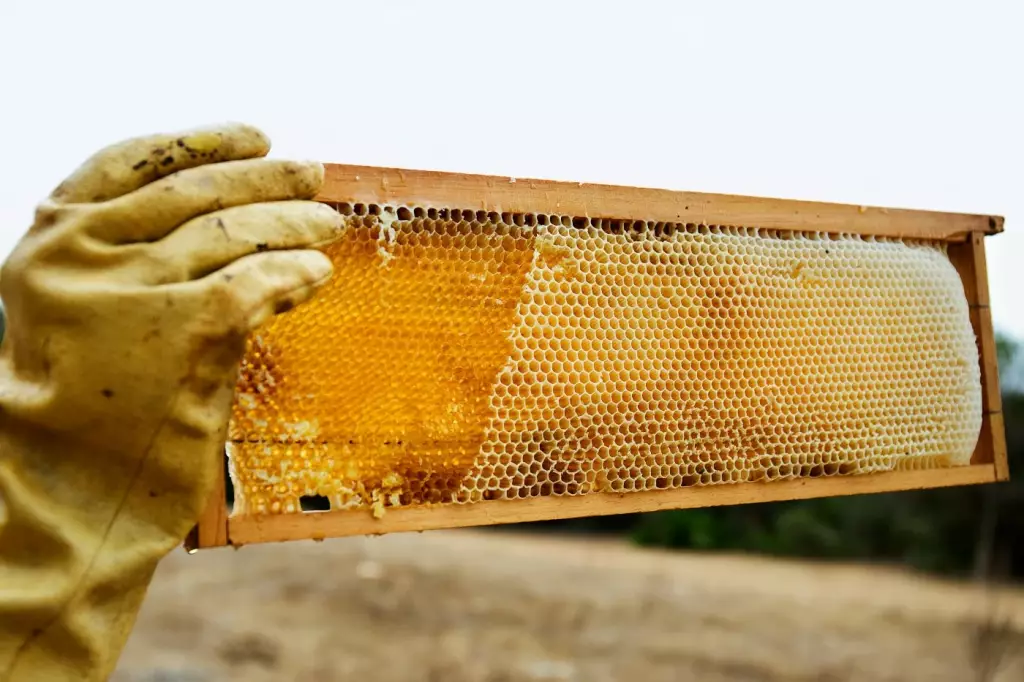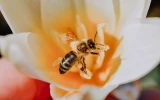How Do Bees Make Honey? (Step-by-Step with Diagram)
Making honey is a remarkable process that begins with bees collecting nectar from flowers. Honeybees have an intricate system for collecting and processing the nectar they need to make honey. With each step, new qualities develop, creating the tasty treat we all know as honey—sweet and thick with nutritional benefits.
Bees make honey in three phases:
1. collecting the nectar and transferring it to the hive
2. processing the nectar into honey, and
3. keeping the ripened honey in a honeycomb and capping it with wax cells to keep it clean.
It is incredible how bees can transform simple nectar into our favorite honey. To show our appreciation to our bees, let us learn the step-by-step process of making honey. Keep reading!
Summary
Bees' process of making honey:
- Worker bees collect plant nectar.
- They carry the collected nectar to the hive.
- House bees add additional enzymes to the nectar.
- Sugar molecules in the nectar begin to change form.
- The dehydration process reduces the water content of the ripening honey.
- Honey is stored in a honeycomb with a wax cap on top.

On this page:
The Making of Honey
Honeybees have an intricate system for collecting and processing the nectar they need to make honey. It also shows how teamwork and dividing tasks depending on their roles make the dream work for the bees. There are six essential steps you need to understand how bees make honey.
1. Worker bees collect plant nectar.
The particular organ that worker bees have is situated in their abdomen, just before their actual stomach. It is the bee's second stomach, also known as the honey stomach or crop, where nectar is carried. She sucks up the liquid present in the plant nectary by creating a straw-like mouth structure with her proboscis, or long tongue.
These are the areas of a plant where delicious nectar is produced. The various flavors of nectar influence the taste of finished honey. Nectar and enzymes produced by certain glands in the mouth or head combine in the bee's crop. Raw nectar's complex carbohydrates start to degrade. The inversion process has just started.
2. They will carry the collected nectar to the hive.
Before a bee's stomach is entirely filled with honey, it may have to visit about 1,000 flowers. When their crop is complete, the working bees bring in plant nectar for the house bees staying in the hive. House bees are too young to go foraging, so their role is on the inside.

3. House bees add additional enzymes to the nectar.
More enzymes are added to the nectar when it is transferred from the bee to the house staff.
House bees use their tongues to stir the liquid nectar and add an enzyme called invertase. The nectar's chemical makeup and pH change as the process continues. Along with the saliva, another enzyme called glucose oxidase is added. Glucose oxidase is used for numerous purposes, including enhancing food items' color, flavor, and persistence.
4. Sugar molecules in the nectar begin to change form.
As the sugar molecules start to transform, hydrogen peroxide and gluconic acid are created. The acidity and antibacterial qualities of honey come from them.
5. The dehydration process reduces the water content of the ripening honey.
The nectar is then continued to be regurgitated by the bee from the honey stomach, and its moisture content is decreased by being transmitted from bee to bee within the hive. Each bee chews the nectar for around 30 minutes.
Before being transferred to another bee, the nectar may occasionally be placed into an empty cell. A hive can reach temperatures of over 91 degrees Fahrenheit, which helps some moisture from the nectar evaporate as it is stored.

6. Honey is stored in a honeycomb with a wax cap on top.
We recognize the process as being finished when the honey's moisture level drops from approximately 80% to 20%. The honey is then thickened by the bees' wing flapping, turning it from a delicious fluid into something more like syrup.
Once the honey is prepared, the bees will use a wax lid to close the cell and store it for later use. After taking care not to harm or destroy the colony, knowledgeable beekeepers can now extract some of the honey produced by the hive.
Do Bees Make A Lot Of Honey?
Yes, bees make a lot of honey. A colony of bees must produce and store food in case nectar is unavailable at some point in the future. Contrary to many other insects, such as wasps, honey bees do not construct seasonal habitats that are abandoned as the weather turns cold.
Some colony members spend the entire year within the hive. They cannot fly and search for food when the weather turns chilly. They cannot store just the plant nectar in the hive for a long time, either. Watery nectar would go bad, while mature honey stays good for several months in storage.

Can you assist bees while they make honey?
Honeybees produce delectable honey and aid in floral pollination to maintain their viability. While it's fascinating to watch bees manufacture honey, they have stingers that they can use if they feel threatened. When you see a honeybee or hive, it's crucial to keep your distance and study it with assistance from an adult who knows about it, or better yet, the beekeepers.


